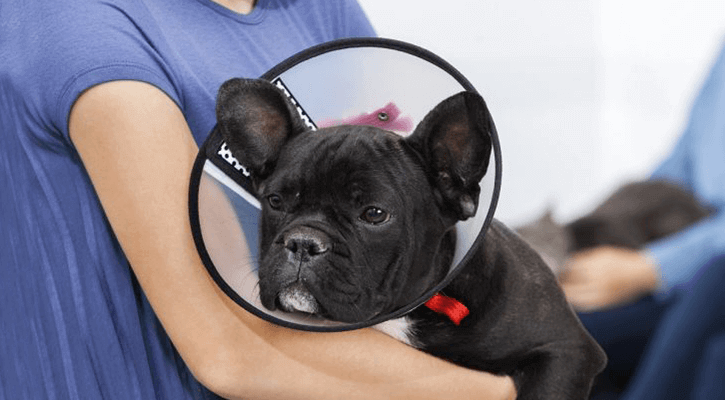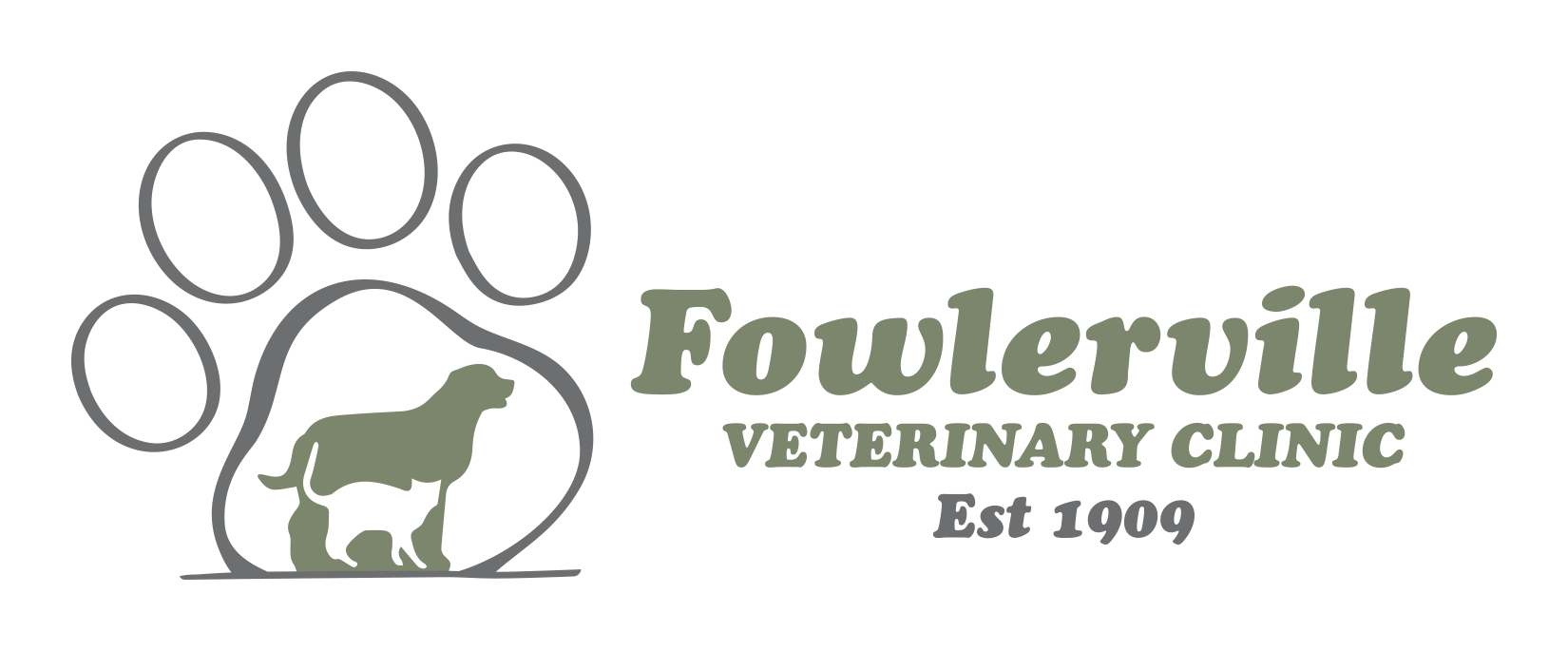
Spay & Neuter
Pet Spaying & Neutering Fowlerville Veterinary Clinic
Many pet owners opt to spay or neuter their pets, and spaying and neutering are important for reducing pet overpopulation.
What are the options?
If you decide to spay or neuter your pet, you have options. Discuss the options with your veterinarian so you can make a decision that’s right for you, your family and your pet.
Surgical sterilization
During surgical sterilization, a veterinarian removes certain reproductive organs.
- Ovariohysterectomy, or the typical “spay”: the ovaries, fallopian tubes and uterus are removed from a female dog or cat. This makes her unable to reproduce and eliminates her heat cycle and breeding instinct-related behavior.
- Orchiectomy, or the typical “neuter”: the testes are removed from a male dog or cat. This makes him unable to reproduce and reduces or eliminates male breeding behaviors.
Why spay or neuter?
Every year, millions of unwanted dogs and cats, including puppies and kittens, are euthanized. The good news is that responsible pet owners can make a difference. One of the benefits of spaying and neutering your dog or cat is that you can do your part to prevent the birth of unwanted puppies and kittens. Spaying and neutering prevent unwanted litters, help protect against some serious health problems, and may reduce many of the behavioral problems associated with the mating instinct.
Removing a female dog or cat’s ovaries eliminates heat cycles and generally reduces the unwanted behaviors that may lead to owner frustration. Removing the testes from male dogs and cats reduces the breeding instinct, making them less inclined to roam and more content to stay at home.
Early spaying of female dogs and cats can help protect them from some serious health problems later in life such as uterine infections and breast cancer. Neutering your male pet can also lessen its risk of developing benign prostatic hyperplasia (enlarged prostate gland) and testicular cancer.
The procedure has no effect on a pet’s intelligence or ability to learn, play, work or hunt. Some pets tend to be better behaved following surgical removal of their ovaries or testes, making them more desirable companions.
What are the risks of spaying and neutering?
Although reproductive hormones cause mating behaviors that may be undesirable for many pet owners, these hormones also affect your pet’s overall health and can be beneficial. Removing your pet’s ovaries or testes removes these hormones and can result in increased risk of health problems such as urinary incontinence and some types of cancer.
While both spaying and neutering are major surgical procedures, they are also the most common surgeries performed by veterinarians on cats and dogs. Like any surgical procedure, sterilization is associated with some anesthetic and surgical risk, but the overall incidence of complications is very low. See the anesthesia presurgical information sheet.
Before the procedure, your pet is given a thorough physical examination to ensure that he/she is in good health. General anesthesia is administered to perform the surgery and medications are given to minimize pain. You will be asked to keep your pet calm and quiet for a few days after surgery as the incision begins to heal.
When should I spay or neuter my pet?
Consult your veterinarian about the most appropriate time to spay or neuter your pet based upon his/her breed, age and physical condition. We generally recommend spaying a dog before its first heat, which may happen as early as 6 mo of age, there are a few cases where waiting until after one heat is beneficial. This would be a case where the vulva is under-developed.
How do I decide?
Discuss your options with your veterinarian so you can get answers and make an educated decision.
Every year thousands of stray and unwanted animals are euthanized in shelters across the United States. Many of these deaths are the avoidable result of owners failing to spay and neuter their pets. Even if you keep a close watch on your pet, accidents happen, and unexpected offspring means more animals that won’t be given the chance at full, happy lives.
Spaying and neutering can help end this cycle, and both procedures can have health benefits for pets.
Spaying
Pet spaying is a common surgical procedure performed on female cats and dogs. The process is called an ovariohysterectomy and involves removing the patient’s uterus, ovaries, and fallopian tubes, rendering the animal incapable of reproduction. Fowlerville Veterinary Clinic veterinarians recommend spaying your pet at 3-6 months, depending on your dog’s breed and ideally before the patient’s first heat.
Fowlerville Veterinary Clinic veterinarians recommend tailoring your pets recommended age of spay based on their breed, weight/size, and confirmation. We recommend patients be at a least 5lbs or 6 months of age at the time of surgery. Spaying is a major surgery requiring 10-14 days of recovery time.
Benefits:
- Prevents unwanted pregnancies
- Eliminates the risk of ovarian and uterine tumors
- Remove the possibility of uterine infections
What to expect after surgery
Spaying is a major surgery requiring 7-10 days of recovery time. Recovery may also include pain medication and lethargy is common for the first couple of days following the procedure. A small, green tattoo is applied post-surgery that signifies that the animal is spayed should she ever get lost or taken to a shelter.
Neutering
Pet neutering is performed on male cats and dogs. This process castrates the animal, removing their testicles and making them unable to impregnate females. Neutering is advised when your pet is 4-6 months old but can be performed on older animals as well.
Neutering is advised when your pet is at least 5lbs and 6 months old but can be performed on older animals as well. Please speak with your veterinarian to determine the ideal time for your pet to be neutered.
Benefits
- Placates the animal, reducing aggressive behavior and decreasing dominant tendencies
- Reduces roaming and spraying – territory marking
- Eliminates the risk of testicular and prostate tumors
What to expect after surgery
Although less invasive than spaying, neutering is still a major medical procedure that requires some recovery time. Recovery may also include pain medication and lethargy is common for the first couple of days following the procedure. It’s extremely important that you monitor your pet to prevent the animal from licking or biting the incision to reduce the risk of infection.
Schedule An Appointment
To learn more about spaying and neutering, or to schedule an appointment, contact us at (517) 223-8812.

